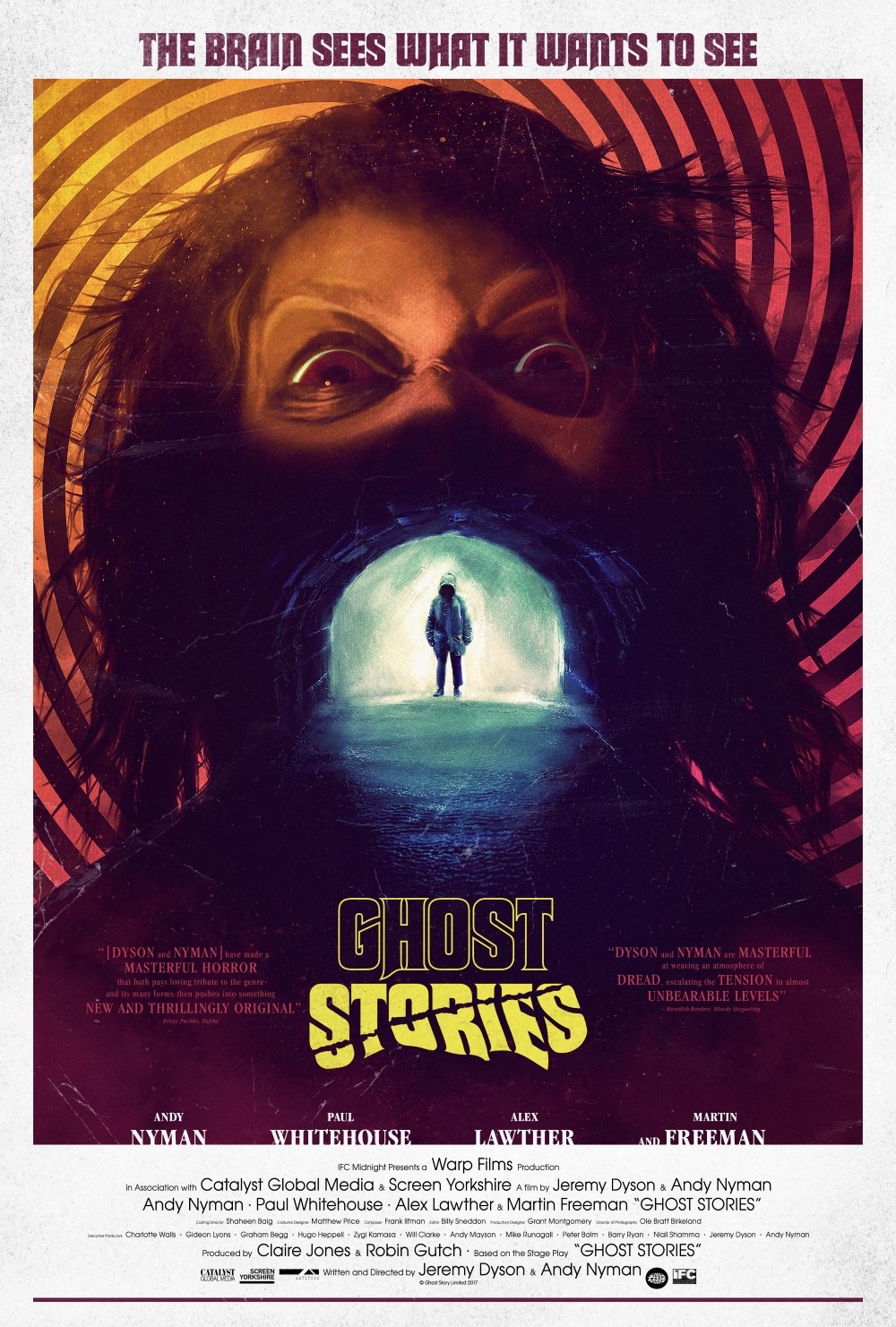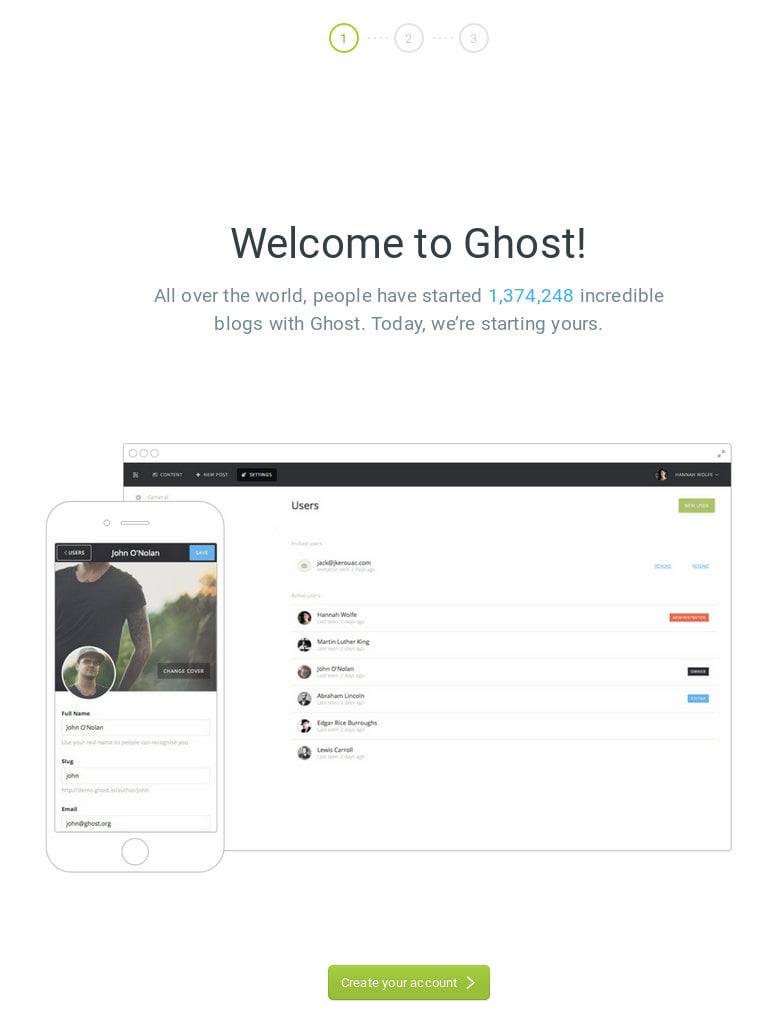

I think it is best to just stick with that for the whole process. I am aware that there are virtualization products for macOS, and Linux, but we’re working with Windows. Oracle VirtualBox – Free, and available for Windows, macOS, and Linux as both the host OS and the client OS.Despite all of the “server” nomenclature, client operating systems will work just fine. Microsoft Hyper-V – Comes with 圆4 server versions of Windows (2008 and later), and 圆4 desktop versions of Windows 8 and later.VMware Workstation/ Player – Not free, but feature-rich and integrates into vSphere.Choose whatever virtualization tool out there, they all work very well, some are even free. The actual hardware approach worked for Ghost, but it is not necessary anymore with MDT. Using actual hardware could work, but there still may be remnants of that hardware that sysprep does not generalize, and could potentially make it into production. This approach allows me to create an image that is truly hardware-neutral. I like to build my images in a virtual machine.

Largely, the process of making an image for Windows 10 is the same that is was for Windows 7 with a few twists. This summer, Windows 10 is upon us, and we have already begun slowly transitioning some areas to Microsoft’s ultimate operating system. On that note as well, the folks over at Deployment Research have a great post on creating an updated Windows 7 master image with MDT, very helpful. This post is a follow-up or compliment to creating an image of Windows for mass-distribution (Windows 7).


 0 kommentar(er)
0 kommentar(er)
